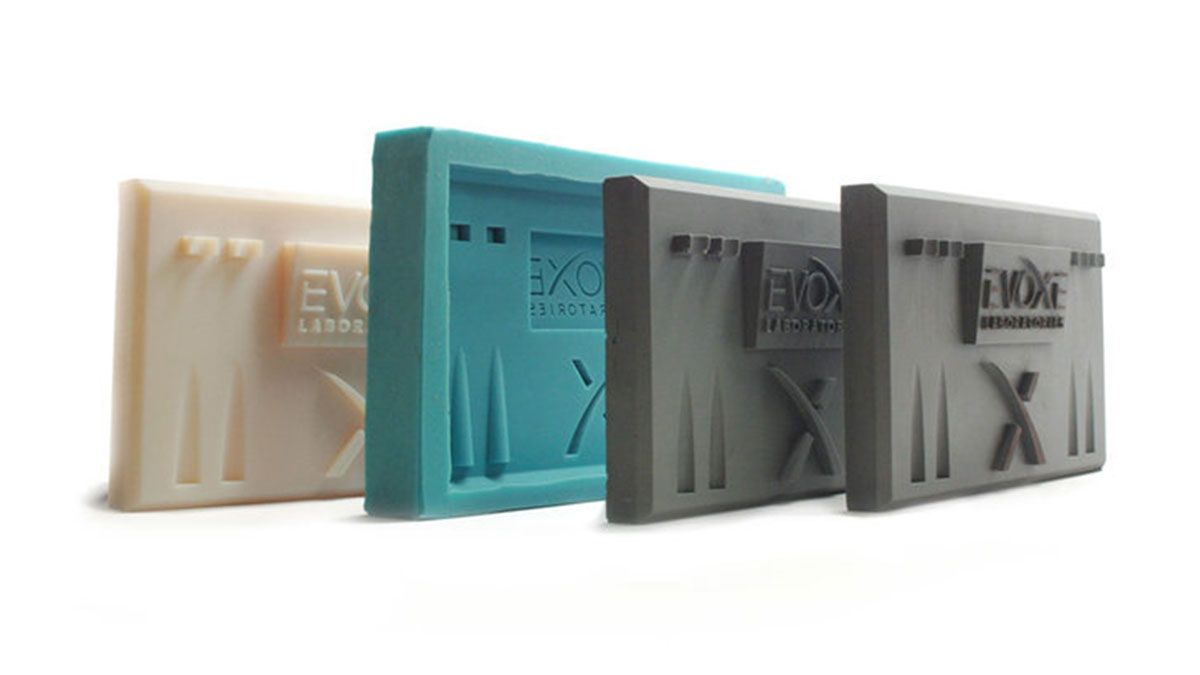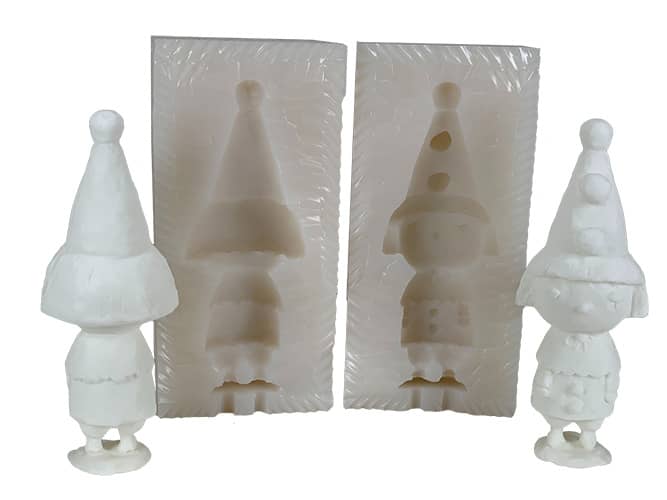Silicone Rubber Molds
from 3D Printed Parts
Silicone rubber molds are a great way to produce multiple copies of 3D Printed parts in epoxy resin, plaster, polyurethane foam, wax, soap, or concrete.
Get A Quote
Get A Quote
Overview
Applications
How to Order
Examples Gallery


Get connected to a project manager, and take the next step with your prototyping or fabrication needs.
Get a Quote